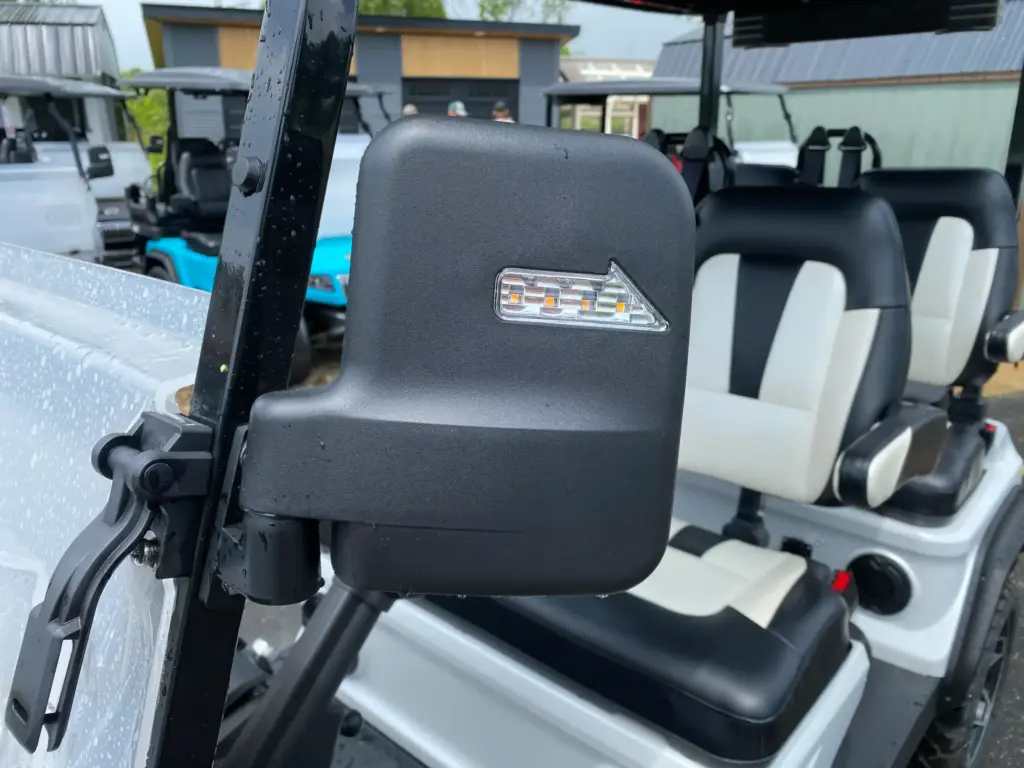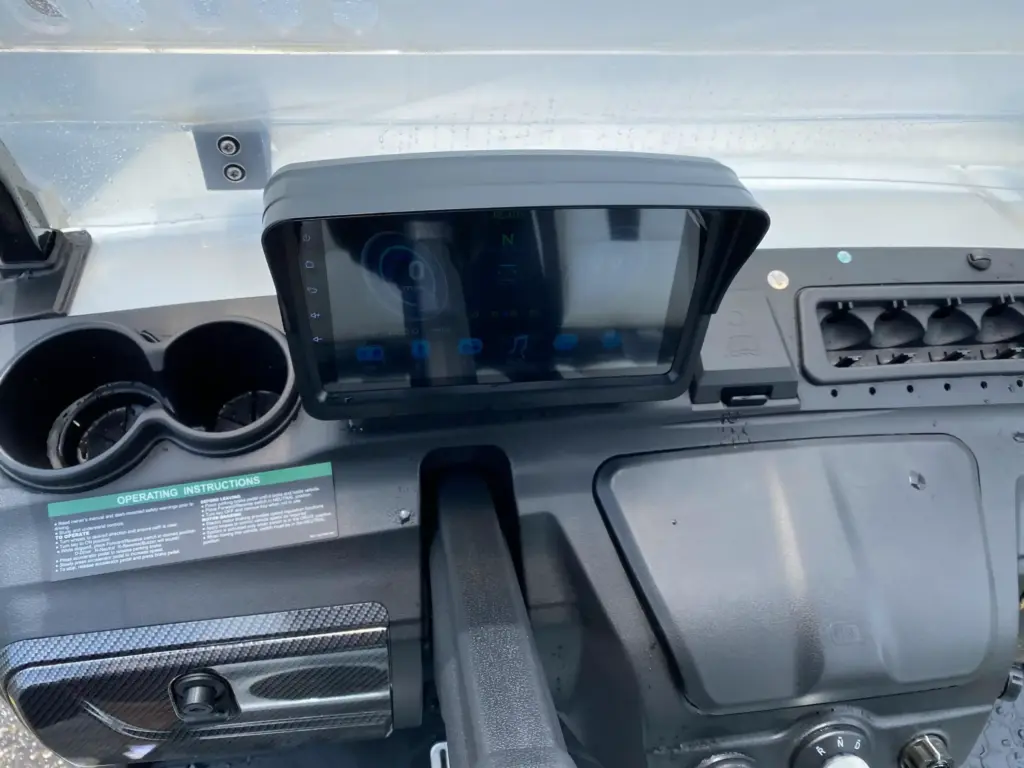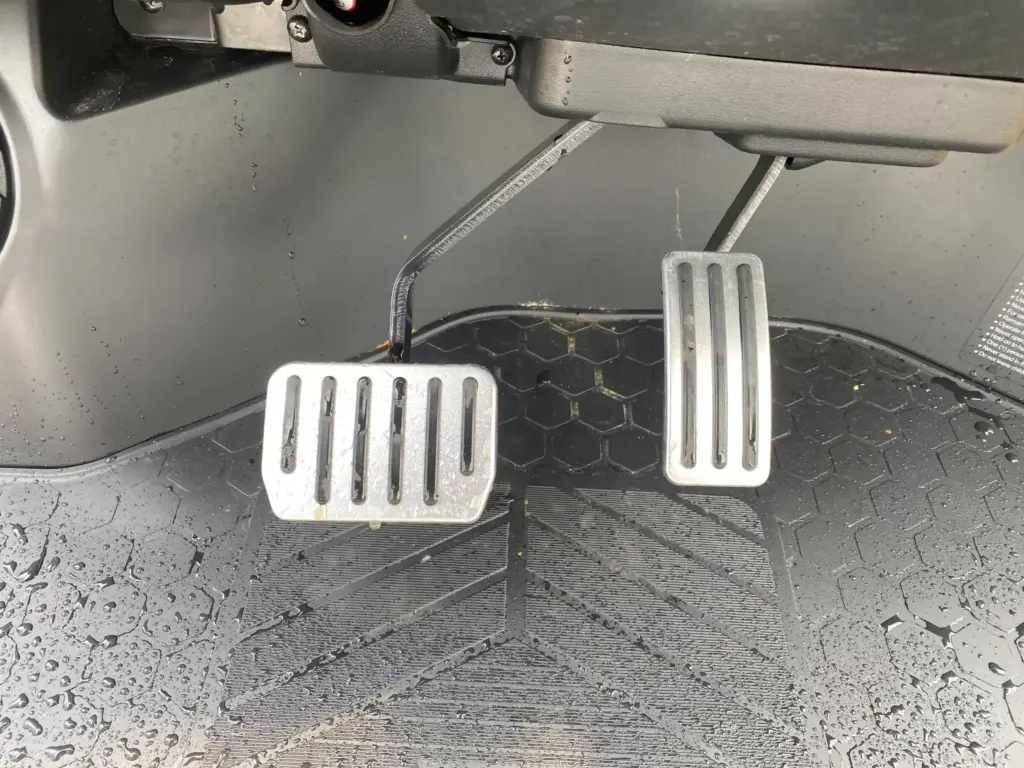When you invest in a golf cart, one of the first questions you’ll likely ask is, how long do golf carts last? The answer depends on several factors, including the type of cart, how often it’s used, and how well it’s maintained. While many assume that golf carts only last a handful of years, with proper care they can actually provide reliable service for more than a decade. This makes them a smart investment not only for golfers but also for homeowners, businesses, and communities that use them daily.

Average Lifespan of a Golf Cart
Most golf carts last between 10 and 20 years, but this range varies depending on whether the cart is electric or gas-powered. Electric models are popular because they are quieter and more environmentally friendly, but their batteries typically require replacement every five to seven years. Gas-powered carts, on the other hand, tend to need more regular servicing, though their engines can endure for many years if maintained properly.
For those who use a golf cart occasionally on the course, a lifespan of 15 years or more is common. In contrast, carts used daily in neighborhoods, resorts, or commercial fleets might experience a shorter life due to higher mileage and heavier loads.
Electric vs. Gas Golf Carts
The type of cart you choose plays a big role in determining how long it lasts. Electric golf carts usually have fewer moving parts, which reduces wear and tear. However, their longevity depends heavily on battery care. Consistently overcharging or letting the battery fully drain shortens its lifespan. With proper battery management, electric carts can last up to 20 years.
Gas golf carts rely on internal combustion engines, which means they require oil changes, filter replacements, and fuel system maintenance. While the upkeep is more demanding, some gas carts can run well beyond 20 years if treated with care. Owners who keep up with regular servicing often find that these models remain dependable even after heavy use.

How Usage Affects Lifespan
The way a golf cart is used is just as important as its type. A lightly used cart that only travels across a golf course a few times a month will typically last much longer than a neighborhood shuttle carrying passengers daily. Carts in retirement communities or resorts often rack up many miles in a short period, which puts strain on components like brakes, suspension, and steering.
In contrast, private carts that are stored indoors and used sparingly tend to stay in excellent condition for many years. Much like an automobile, mileage and frequency of use play an essential role in determining how long a golf cart lasts.
Maintenance and Care
Maintenance is the most important factor in extending the life of a golf cart. Regular service can prevent small problems from turning into costly breakdowns. For electric carts, this means checking and cleaning battery terminals, ensuring water levels are maintained in lead-acid batteries, and charging responsibly. Gas carts benefit from scheduled oil changes, spark plug checks, and air filter replacements.
Owners who create and follow a consistent maintenance schedule often enjoy carts that perform like new for more than a decade. Neglect, on the other hand, can cut the lifespan in half. For instance, failing to replace batteries when needed or skipping oil changes can cause irreversible damage.

Environmental Factors
Where and how you store your golf cart also impacts its longevity. Carts kept outdoors and exposed to rain, snow, or excessive sun can deteriorate quickly. Rust, faded paint, and cracked seats are common issues for carts left unprotected. Storing your cart in a garage or under a proper cover shields it from weather damage and preserves its resale value.
In humid climates, corrosion can develop faster, especially on battery connections. In colder areas, freezing temperatures may affect battery performance and increase wear on mechanical parts. Owners who take steps to protect their carts from harsh environmental conditions usually find that their vehicles last significantly longer.
Signs That a Golf Cart Is Nearing the End
Even with excellent care, every cart eventually shows signs of age. Common indicators include reduced battery life, frequent breakdowns, or difficulty starting. For gas models, an increase in exhaust smoke or unusual engine noises may suggest it’s nearing retirement. For electric carts, batteries that no longer hold a charge for long distances often signal that replacements or major repairs are necessary.
Another sign is the overall condition of the frame and body. If rust has spread extensively or if the suspension system feels unstable, it may be more cost-effective to replace the cart rather than attempt repairs.

Upgrading and Reconditioning
One of the advantages of golf carts is that they can often be reconditioned. New batteries, fresh tires, or updated seats can make an older cart feel brand new. Some owners even upgrade motors, install lift kits, or add custom accessories, extending both the life and usefulness of the vehicle. This makes golf carts highly adaptable, and with investment, many can easily surpass the 20-year mark.
For example, many communities and resorts regularly purchase used carts, refurbish them, and keep them in service for many additional years. This reconditioning cycle shows how long-lasting a golf cart can truly be when properly maintained.
Cost of Ownership Over Time
Understanding how long golf carts last also means considering the cost of ownership. While a new cart may be a significant investment upfront, the extended lifespan can make it cost-effective. Batteries or engines may need periodic replacement, but these costs are usually far less than buying a new vehicle. A well-maintained cart can provide reliable transportation for pennies on the mile compared to cars.
Communities that rely on golf carts as daily transportation often save on fuel and maintenance compared to traditional automobiles. This financial efficiency is one of the reasons golf carts have grown in popularity outside the course.
Resale Value
The resale market for golf carts is strong, especially when carts are kept in excellent condition. Buyers look for carts with updated batteries, fresh upholstery, and clean maintenance records. A 10-year-old cart that has been well cared for can still command a good price, while a neglected cart of the same age might only be sold for parts.
Owners who want to preserve resale value should focus on regular upkeep, timely upgrades, and proper storage. Much like the used car market, presentation and condition strongly influence how much a golf cart sells for.

Conclusion
So, how long do golf carts last? The answer is that with proper care, most carts will provide 10 to 20 years of dependable service. Whether you own an electric or gas-powered model, your dedication to maintenance and storage will determine how many years of performance you enjoy. For communities, businesses, and individuals, a golf cart represents a long-term investment that, when properly managed, can outlast expectations.
If you’re considering purchasing a cart or extending the life of one you already own, remember that attention to detail makes all the difference. Proper battery charging, scheduled maintenance, and weather protection are simple steps that yield years of reliable service. With this in mind, your golf cart can remain a trustworthy companion for both leisure and transportation needs.
For more insights on vehicles and transportation trends, you can also explore resources from BBC News, which covers innovations in mobility and technology worldwide.
Hartville Golf Carts offers a wide range of reliable golf carts, from new models to reconditioned options, helping customers find durable solutions that fit their lifestyle and budget.








